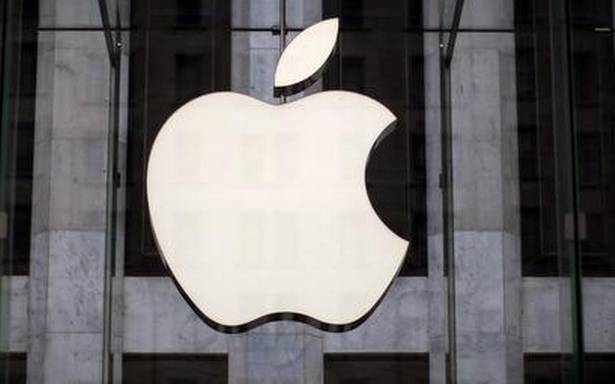The Russian invasion of Ukraine has officially been over a month-long, which has resulted in many corporations pulling out or freezing services and product sales in Russia as economic sanctions against Russia keep piling up. The crisis is now seen to be affecting Apple as well, with the company reportedly looking to cut down production of its iPhone SE model by upto 20%.
The iPhone maker is taking measures amid fall in demand, the ever=present chip shortage, and rising inflation. These factors are having a serious effect on the demand for consumer electronics, and the market in its entirety, is suffering as a result.
It seems that the Cupertino-headquartered tech giant plans to produce 20% lesser iPhone SEs than what it would have originally produced and rolled out next quarter, and cut down the orders for AirPods this year by more than 10 million units. This, despite Apple’s expectation-beating earnings last quarter, where it also sold more iPhones than expected.
For a recap, the iPhone SE is Apple’s latest 5G phone that does not burn a hole in your pockets. It also comes with the latest and fastest silicon chip – A15 bionic – and starts at just $429. Pre-orders for the phone started on March 11, and shipping started a week later.
According to Counterpoint Research, Apple had shipped about 76.8 million units of AirPods last year, and the iPhone SE with 4G connectivity accounted for 12% of total iPhone sales from Q2 2020 to the end of 2021.
It seems that Apple had also asked its suppliers to make a lesser number of units (by a couple million) of the iPhone 13 family. However, this adjustment is said to be based on seasonal demand.
Renowned Apple analyst Ming-Chi Kuo put his estimate for the iPhone SE in 2022 to between 15 million and 20 million units, less than the 25 million to 30 million units earlier.
Once again, the Russian invasion has played a big role here as it aggravated the ongoing global semiconductor shortage, much to the dismay of the consumer electronics market. Apple takes the third spot among the top five smartphone vendors in Russia with a market share of 16%, spurred by the sale of nearly 5 million iPhones last year.





